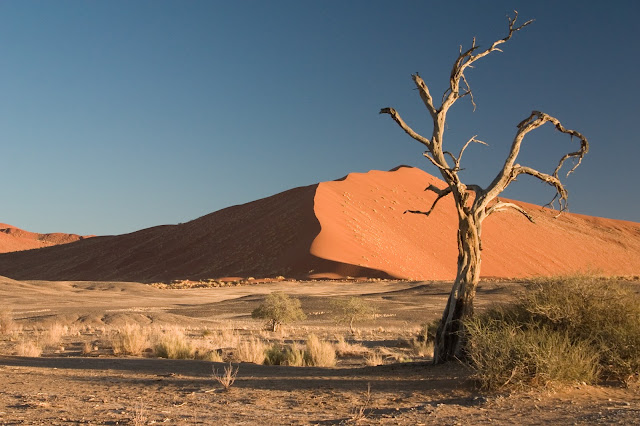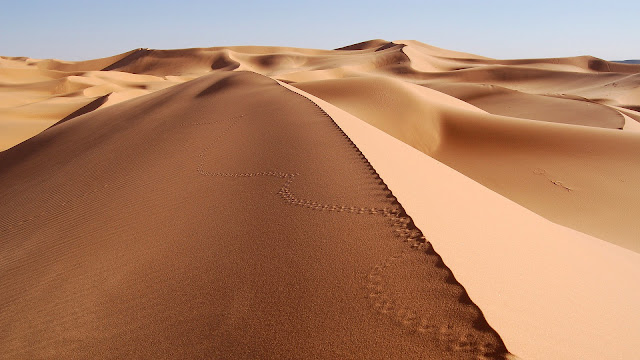Most people I know have already taken or plan to take a 20 year loan with EMIs that is half their salary but in which the interest component is more than 85% for the first few years, to purchase something that is not liquid, not diversified, not tax efficient, liable to fraud from builders and land Mafia and can't be bought in small pieces.
This is one of the biggest expenses most people make in their lifetime. Unfortunately, a lot of them do this wrong.
Beware of the bad arguments you hear:
- It's a good investment: Have you done the math? Have you accounted for interest, registration, capital gains tax, parking and interiors cost, time to complete, and opportunity cost? What about the real estate bubble, which is now losing air? Are you buying cheap in an area that is soon to be developed or are you buying expensive in an already developed and appreciated area. Will you be staying in it or are you renting out. Have you accounted for the tax you have to pay if you rent out?
- The money I pay for rent is wasted: No it's not. It gives you a shelter to live under. Also it frees up cash flow for you to invest (EMI-Rent) without having to take a loan. Properly invested, it can give you better returns, that too tax-free and with better liquidity. Lets say buying a house cost an opportunity loss.
- But we need our "own" house. What's the difference between an "own" house and a "rented" one? It doesn't feel like mine? Seriously? That's your reason? Rents will increase every year? Of course it will, doesn't inflation raise the price of grocery? Don't you get raises every year? Just agree on the yearly % increase before you move in so that you don't have to renegotiate every year. I'll have to shift frequently? Find a house whose owner doesn't have any short term plans of moving back in. Worse case, packers and movers make shifting very easy.
Most people will need to take a house loan to buy a house, but you should repay it within 5 years so that you don't waste too much money on interest. If you can't do that, either save for a few more years or buy a house at a cheaper location.
Well, let’s see now (pulling out our lined yellow pad), let’s make a list. To be really terrible investment:
- It should be not just an initial, but if we do it right, a relentlessly ongoing drain on the cash reserves of the owner.
- It should be illiquid. We’ll make it something that takes weeks, no – wait – even better, months of time and effort to buy or sell.
- It should be expensive to buy and sell. We’ll add very high transaction costs. Let’s say 5% commissions on the deal, coming and going.
- It should be complex to buy or sell. That way we can ladle on lots of extra fees and reports and documents we can charge for.
- It should generate low returns. Certainly no more than the inflation rate. Maybe a bit less.
- It should be leveraged! Oh, oh this one is great! This is how we’ll get people to swallow those low returns! If the price goes up a little bit, leverage will magnify this and people will convince themselves it’s actually a good investment! Nah, don’t worry about it. Most will never even consider that leverage is also very high risk and could just as easily wipe them out.
- It should be mortgaged! Another beauty of leverage. We can charge interest on the loans. Yep, and with just a little more effort we should easily be able to persuade people who buy this thing to borrow money against it more than once.
- It should be unproductive. While we’re talking about interest, let’s be sure this investment we are creating never pays any. No dividends either, of course.
- It should be immobile. If we can fix it to one geographical spot we can be sure at any given time only a tiny group of potential buyers for it will exist. Sometimes and in some places, none at all!
- It should be subject to the fortunes of one country, one state, one city, one town…No! One neighborhood! Imagine if our investment could somehow tie its owner to the fate of one narrow location. The risk could be enormous! A plant closes. A street gang moves in. A government goes crazy with taxes. An environmental disaster happens nearby. We could have an investment that not only crushes it’s owner’s net worth, but does so even as they are losing their job and income!
- It should be something that locks its owner in one geographical area. That’ll limit their options and keep ’em docile for their employers!
- It should be expensive. Ideally we’ll make it so expensive that it will represent a disproportionate percentage of a person’s net worth. Nothing like squeezing out diversification to increase risk!
- It should be expensive to own, too! Let’s make sure this investment requires an endless parade of repairs and maintenance without which it will crumble into dust.
- It should be fragile and easily damaged by weather, fire, vandalism and the like! Now we can add-on expensive insurance to cover these risks. Making sure, of course, that the bad things that are most likely to happen aren't actually covered. Don’t worry, we’ll bury that in the fine print or maybe just charge extra for it.
- It should be heavily taxed, too! Let’s get the Feds in on this. If it should go up in value, we’ll go ahead and tax that gain. If it goes down in value should we offer a balancing tax deduction on the loss like with other investments? Nah.
- It should be taxed even more! Let’s not forget our state and local governments. Why wait till this investment is sold? Unlike other investments, let’s tax it each and every year. Oh, and let’s raise those taxes any time it goes up in value. Lower them when it goes down? Don’t be silly.
- It should be something you can never really own. Since we are going to give the government the power to tax this investment every year, “owning” it will be just like share cropping. We’ll let them work it, maintain it, pay all the cost associated with it and, as long as they pay their annual rent (oops, I mean taxes) we’ll let ’em stay in it. Unless we decide we want it.
- For that, we’ll make it subject to eminent domain. You know, in case we decide that instead of getting our rent (damn! I mean taxes) we’d rather just take it away from them.





















